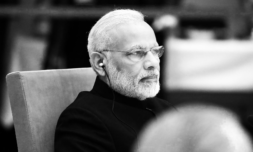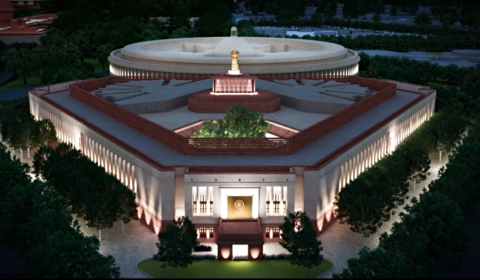On 9th April, Pakistan’s former PM Imran Khan lost a no-confidence vote after several attempts to retain power such as dissolving the parliament. Despite these desperate attempts to stay in power, why did he lose – and what’s going to happen next?
If you’ve been following the news recently, you’ll have come across headlines such as ‘Pakistan’s PM loses no-confidence vote’ or ‘Pakistan’s PM ousted from power’.
It may come as a surprise that this isn’t a rare occurrence in the South Asian country. In fact, it is even rarer to see a Prime Minister complete a whole term here.
This is because of a culture of corruption and deep military influence on governance.
Recently, however, the nation saw almost every single opposition party- from the left to the extreme right- come together in an alliance against Imran Khan’s Pakistan Tehreek-e-Insaf (PTI).
In fact, the resistance grew so strong that even politicians from the ruling party began rallying against their own government. This certainly begs the question- how did this happen?
Why did Imran Khan’s government collapse?
There are a number of reasons for this. To begin with, PTI won in 2018 because of promises that included greater economic opportunities for the poor and no corruption.
Yet, it only took four years for inflation in Pakistan to be the highest in the whole of South Asia.
As the country’s economic condition worsened, the government grew desperate to stabilize the economy. With the nation’s foreign debt already at over $130 billion, Khan’s government made a $6 billion package deal with the International Monetary Fund in 2019, a move that was criticised since he broke his election promise of never taking foreign aid.
In January this year, the Consumer Price Index rose to 13 per cent – the highest in two years. Consequently, food prices rose, the value of the rupee to the dollar fell, and middle-class poverty rose.
Additionally, as of March this year, Pakistan Institute of Development Economics found that 31% of the youth reported facing unemployment – many of whom held professional degrees.




















